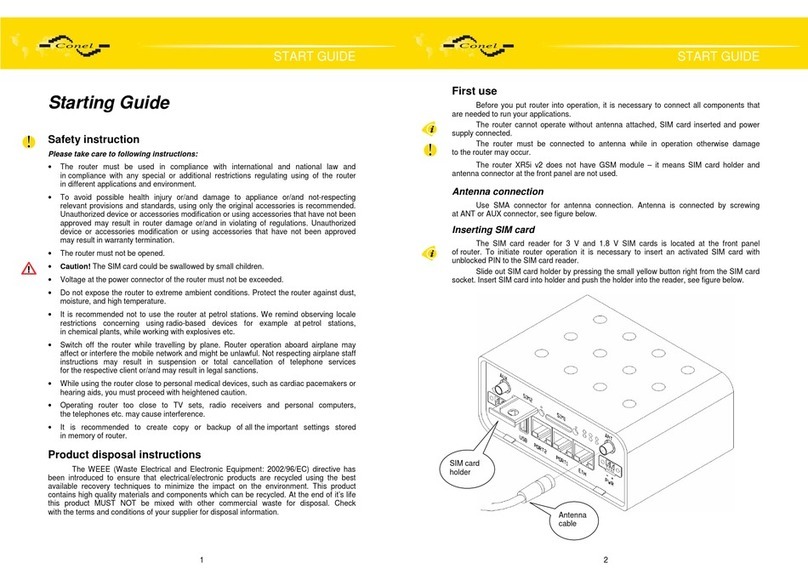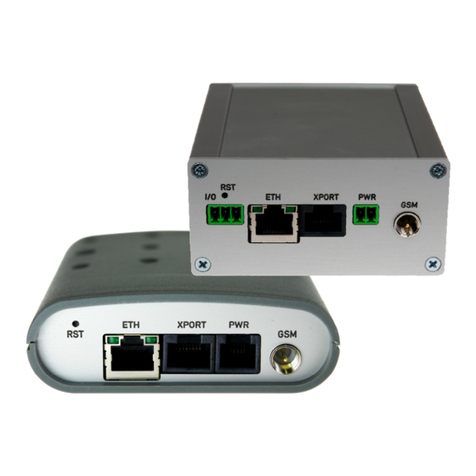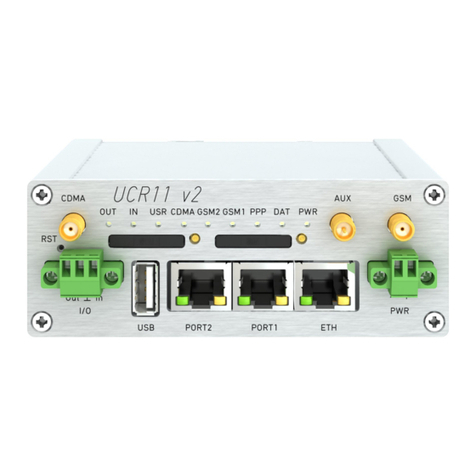Conel UR5i a User manual
Other Conel Network Router manuals
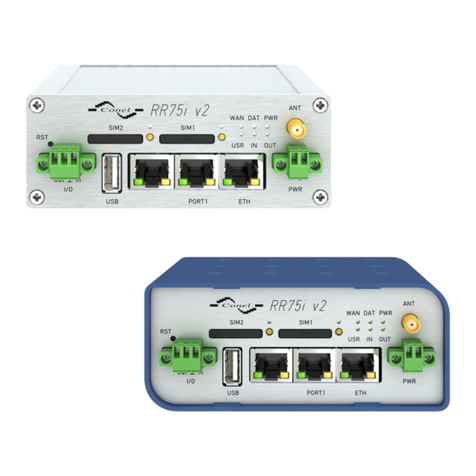
Conel
Conel RR75i v2 User manual
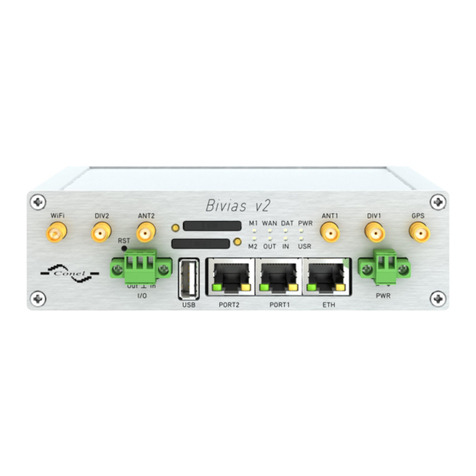
Conel
Conel Bivias v2 User manual
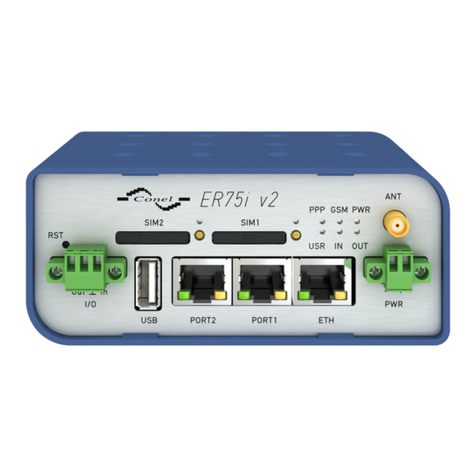
Conel
Conel UR5i v2 SL Instruction sheet

Conel
Conel Bivias v2 User manual
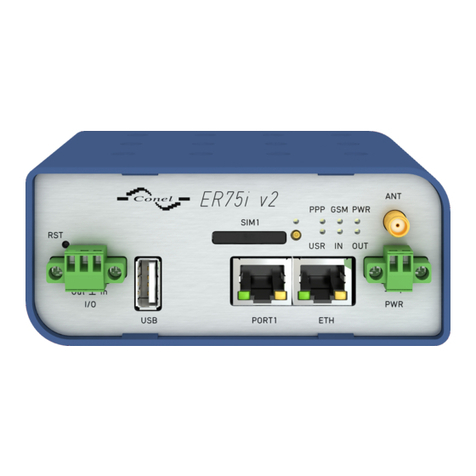
Conel
Conel ER75i v2 SL User manual
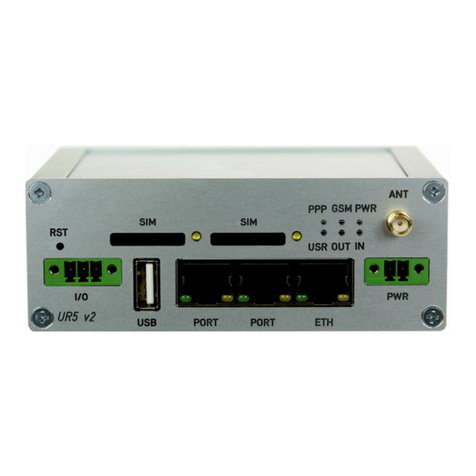
Conel
Conel UR5 v2 User manual
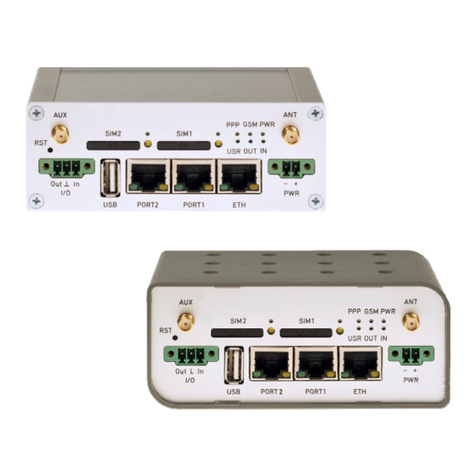
Conel
Conel CR10 v2 SL User manual
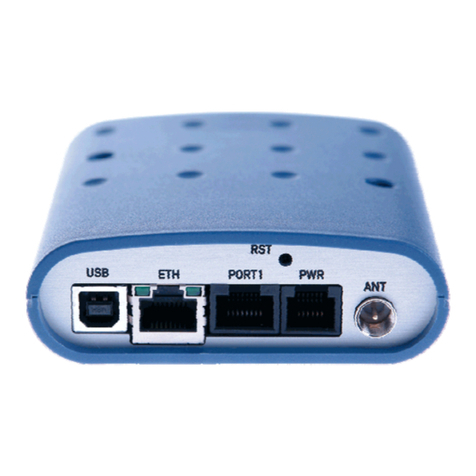
Conel
Conel EDGE ER75i User manual
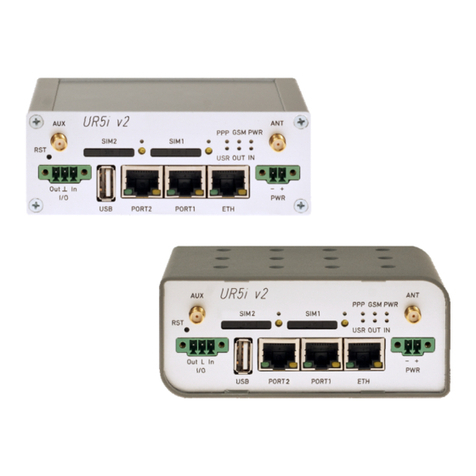
Conel
Conel UR5i v2 SL User manual
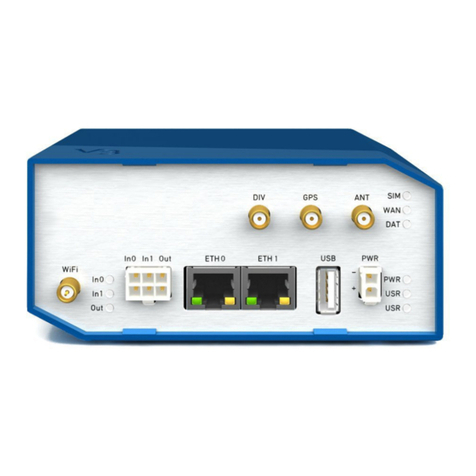
Conel
Conel SPECTRE v3 LTE User manual
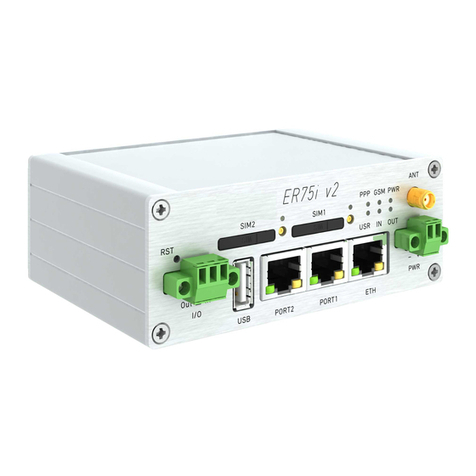
Conel
Conel LR77 v2 SL User manual
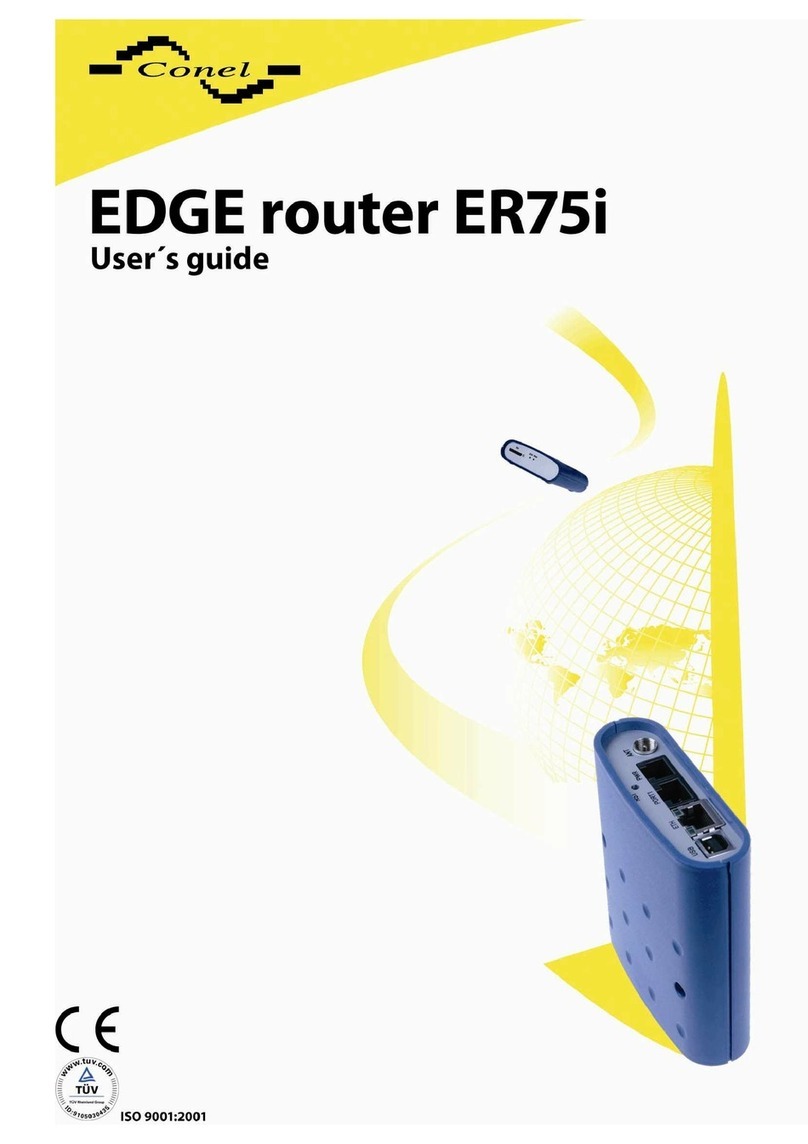
Conel
Conel EDGE ER75i User manual
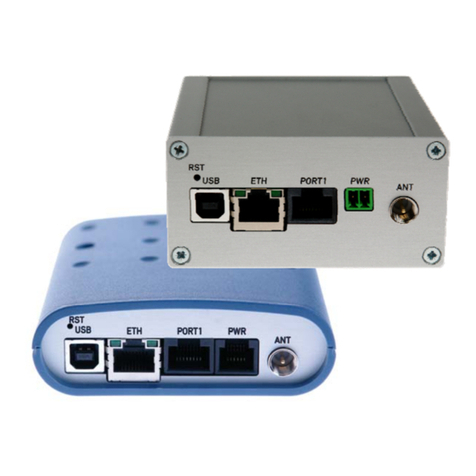
Conel
Conel ER 75i SL User manual
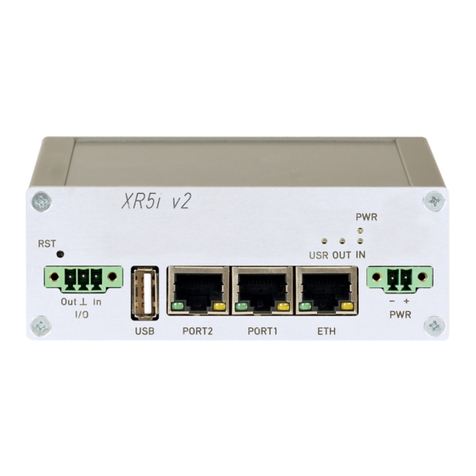
Conel
Conel XR5i v2 User manual

Conel
Conel ER75i v2 SL User manual
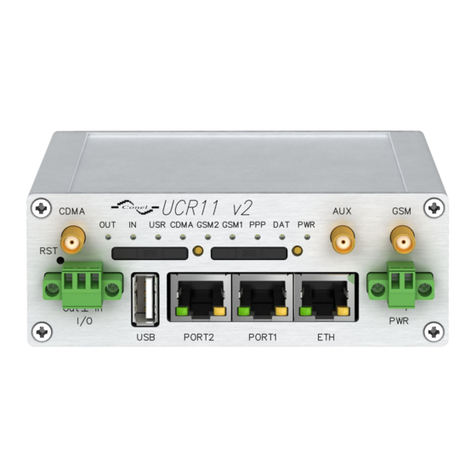
Conel
Conel UCR11 v2 SL User manual
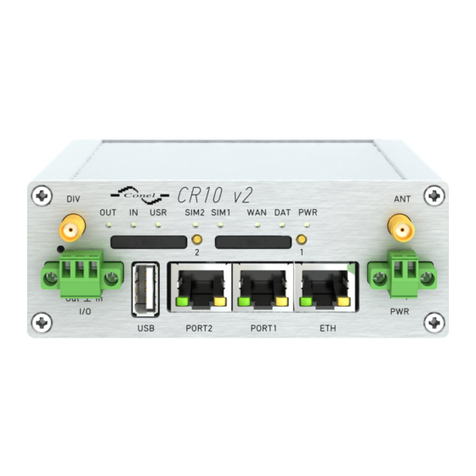
Conel
Conel CR10 v2 SL User manual

Conel
Conel UR5i v2 SL User manual

Conel
Conel LR77 v2 SL Instruction sheet
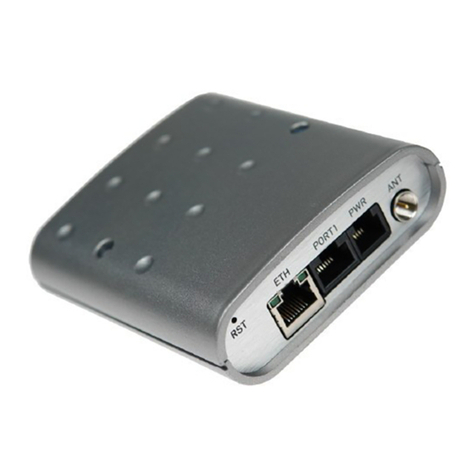
Conel
Conel UR5 User manual
Popular Network Router manuals by other brands

TRENDnet
TRENDnet TEW-435BRM - 54MBPS 802.11G Adsl Firewall M Quick installation guide

Siemens
Siemens SIMOTICS CONNECT 400 manual

Alfa Network
Alfa Network ADS-R02 Specifications

Barracuda Networks
Barracuda Networks Link Balancer quick start guide

ZyXEL Communications
ZyXEL Communications ES-2024PWR Support notes

HPE
HPE FlexNetwork 5510 HI Series Openflow configuration guide
